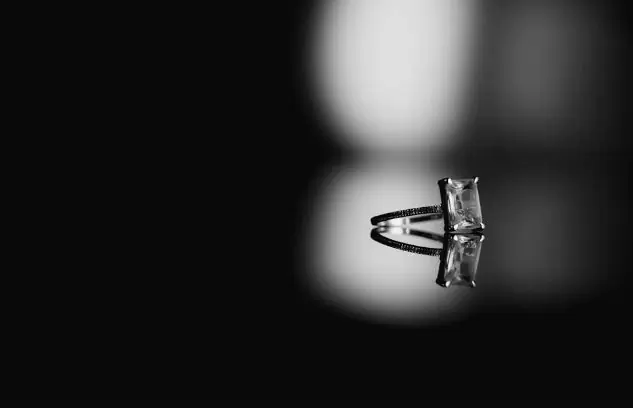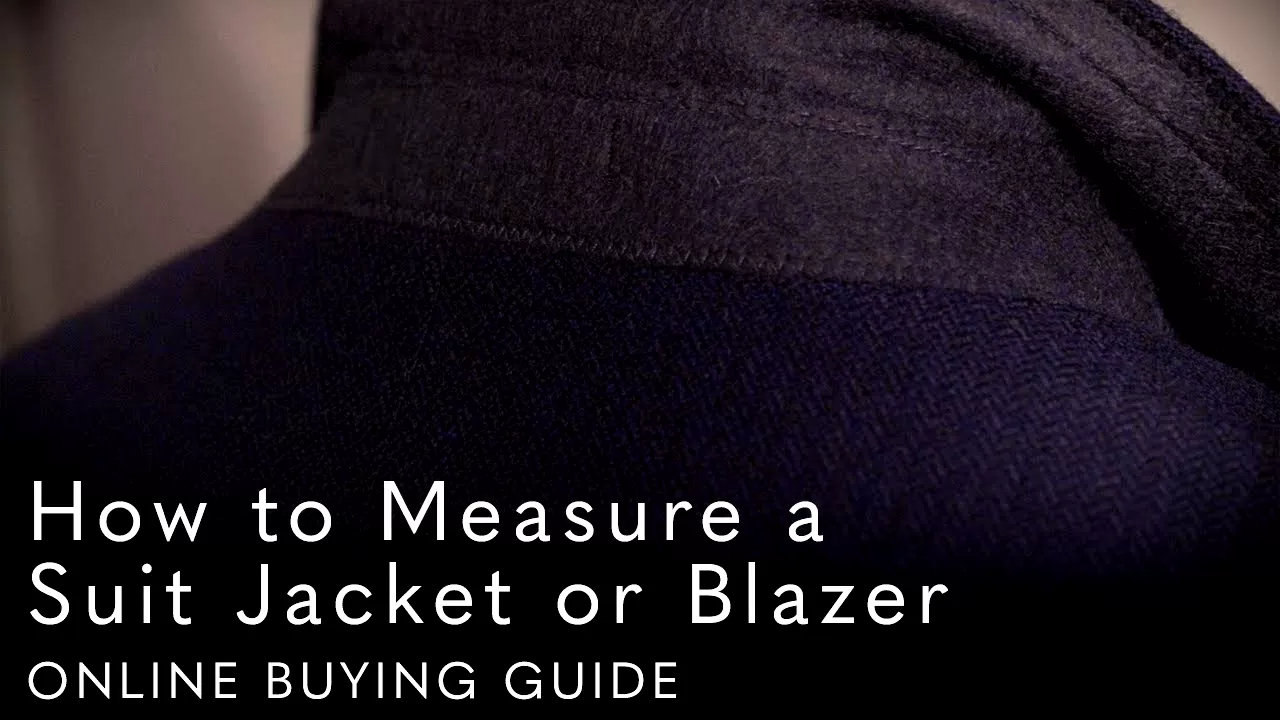How To Measure For A Suit
When measuring for a suit, understanding what it is and how it is constructed is essential. A suit typically consists of two main parts – the jacket and the trousers. The jacket usually has a front button closure, lapels, and pockets on the exterior and interior. On the other hand, trousers are designed to fit comfortably around your waist while providing enough room for movement.
Several key measurements need to be considered when getting measured for a suit. These include chest size, shoulder width, sleeve length, waist size, hip size, and inseam length. It’s important to note that these measurements can vary depending on whether you’re buying an off-the-rack or custom-made suit.
Understanding what goes into making a suit is crucial when measuring for one. Taking accurate measurements will ensure that your suit fits properly and looks great. Whether purchasing a formal business suit or something more casual for everyday wear, knowing exactly how your body should be measured will help you achieve the perfect fit every time.
How to measure for a suit jacket
Measuring for a suit jacket is essential in ensuring that you look sharp and presentable. The first measurement that you need to take is the chest measurement. It can be done by wrapping a measuring tape around the fullest part of your chest under your armpits, ensuring the tape is parallel to the ground. You should be able to insert two fingers between your body and the measuring tape.
Next, measure your sleeve length by bending one arm at a 90-degree angle and placing your hand on your hip. Measure from the center of your back, across your shoulder, and down to where you want the sleeve to end. It will usually be just above or below your wrist bone.
Lastly, measure for jacket length by standing up straight with arms at your sides. Measure from where you want the jacket collar to sit down to where you want it to end – typically at mid-buttock or slightly longer. By taking these three measurements accurately and consulting with size charts provided by retailers or tailors, you can ensure that you are purchasing a suit jacket that fits perfectly and looks great on you!
How to measure for a suit pants
To measure for suit pants, having a measuring tape and a friend to assist you is important. Start by standing straight with your feet shoulder-width apart and wrap the measuring tape around your waist, where you prefer to wear your pants. Ensure the measuring tape is snug but not too tight, allowing for comfortable movement.
Next, measure the inseam from the crotch area of your body down to where you want the pants to end at the ankle bone or shoe heel. Remember, if you plan on wearing dress shoes or boots, add an extra half-inch or inch for length. Be sure to repeat this process on both legs, as measurements may differ slightly.
Finally, measure your hips by wrapping the tape around the widest part of your buttocks and hips. This measurement will ensure that your suit pants fit comfortably without being too loose or too tight in this area. With these measurements, finding a perfectly fitting pair of suit pants should be a breeze!
Types of suits: Single-breasted, double-breasted, triple-breasted, four-in-hand, morning coat
When buying a suit, there are several types to choose from single-breasted, double-breasted, triple-breasted, four-in-hand, and morning coat. Single-breasted suits are the most common and popular for both men and women. They feature one row of buttons down the front of the jacket and offer a classic look perfect for business meetings or formal events.
Double-breasted suits have two rows of buttons on the front of the jacket and can be worn in more formal settings. Triple-breasted suits are rare but available for those who want something unique. Four-in-hand suits get their name from their four-button configuration on each sleeve end, adding elegance to any outfit.
Finally, morning coats are typically reserved for very formal occasions such as weddings or other special events requiring black tie attire. These jackets have tails at the back, creating an elegant silhouette when paired with dress pants or a skirt.
When measuring for any suit, it’s important to take accurate measurements to find a garment that fits properly. It involves taking measurements around your chest, waist, hips, and inseam length to find a suit that fits comfortably without being too tight or loose in certain areas. By understanding the different types of suits available and measuring yourself correctly, you can purchase an outfit that looks great and feels comfortable all day.
FAQs
What are the essential measurements for a suit?
To measure for a suit, you must get the following essential measurements: chest circumference, waist circumference, hips circumference (for trousers), shoulder width, sleeve length, and inseam (for trousers). A professional tailor should take these measurements to ensure accuracy.
How do I measure my chest and waist?
To accurately measure your chest and waist, wrap a measuring tape around the widest part of your chest and just above your belly button. Keep the tape snug but not too tight or loose. Make sure to stand up straight with relaxed shoulders while taking these measurements.
How important is it to get accurate measurements?
Getting accurate measurements is crucial when buying or tailoring a suit, as an ill-fitting suit can ruin even the most stylish look. A well-fitted suit enhances one’s appearance and confidence level. Therefore, investing time in getting precise measurements is vital for achieving this goal.
In conclusion, measuring for a suit requires specific body dimensions that must be taken accurately by an experienced tailor. The primary measurement points include the chest, waist, hips (for trousers), shoulder width, sleeve length, and inseam (again, only relevant if purchasing tailored trousers). It is essential to take these measures seriously as it determines how well your final product fits you – which can make all the difference in appearing sharp and confident in formal settings!










